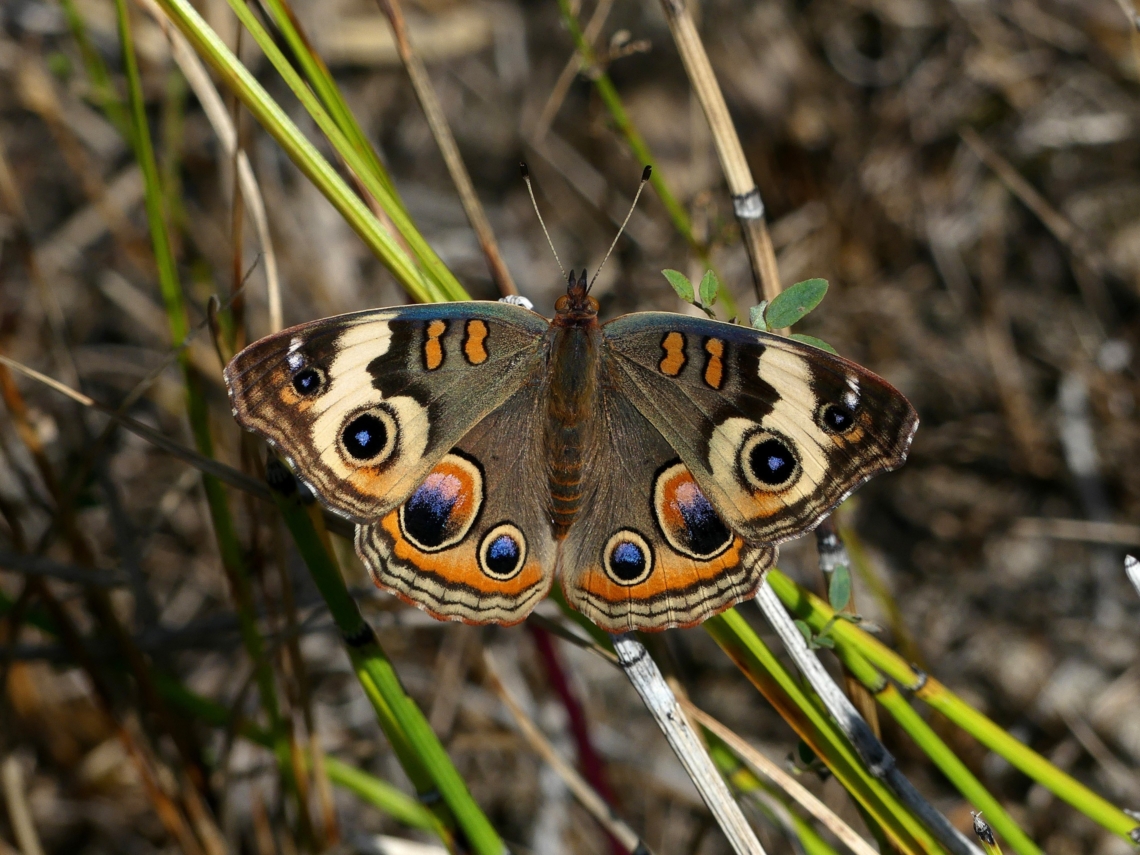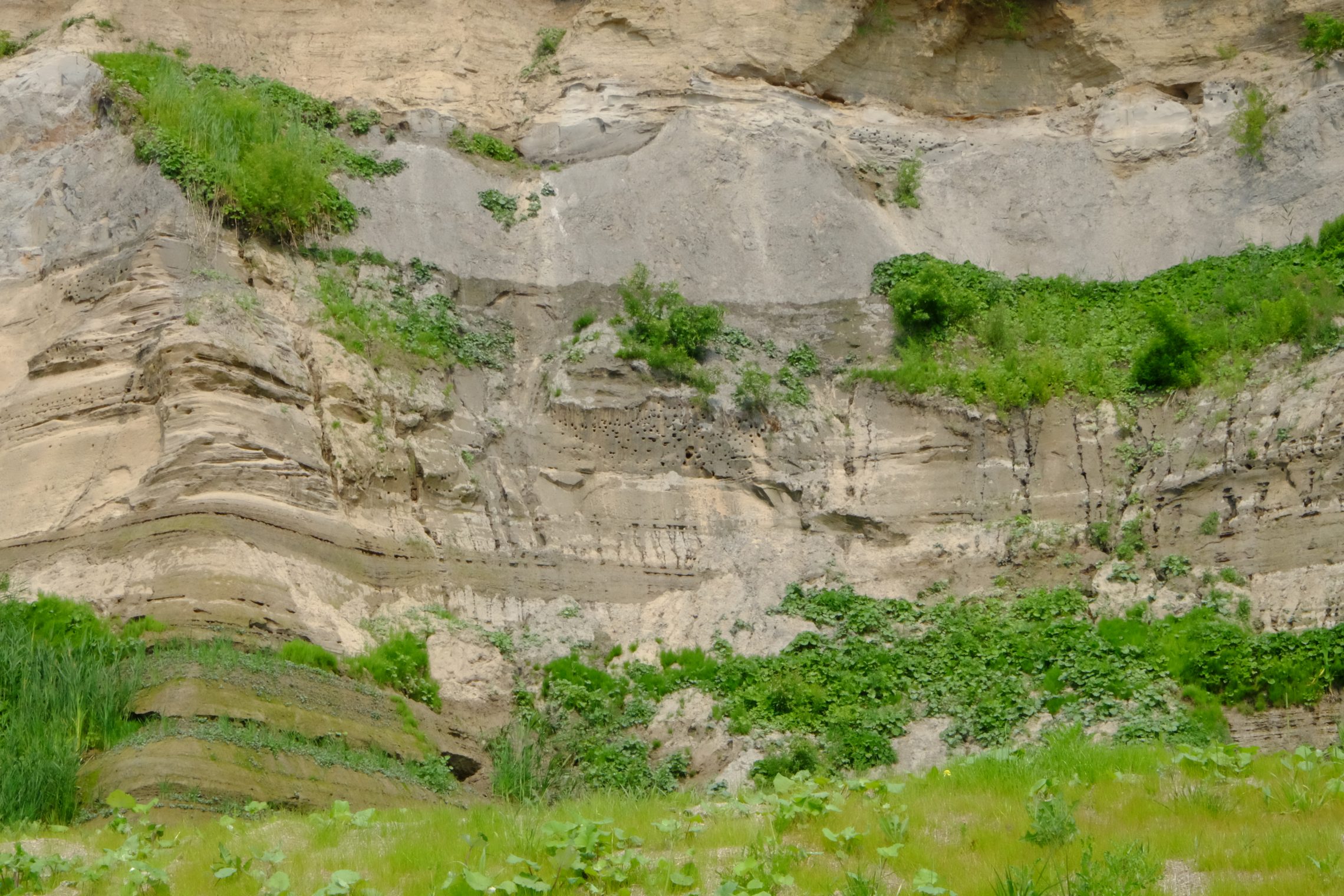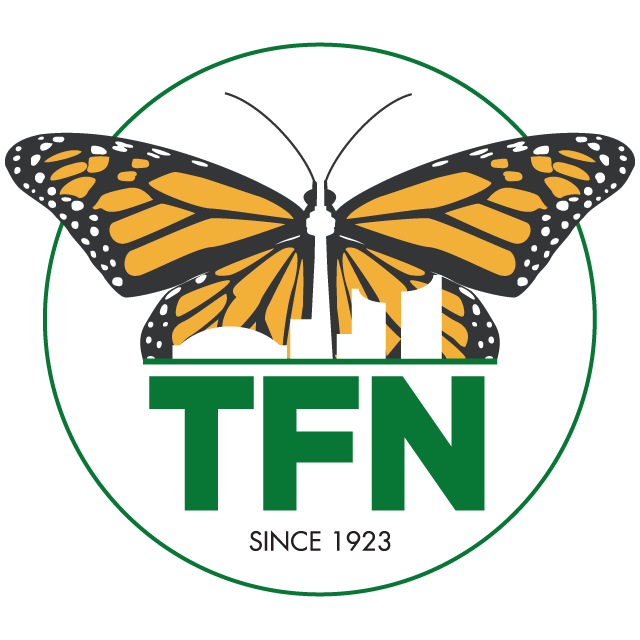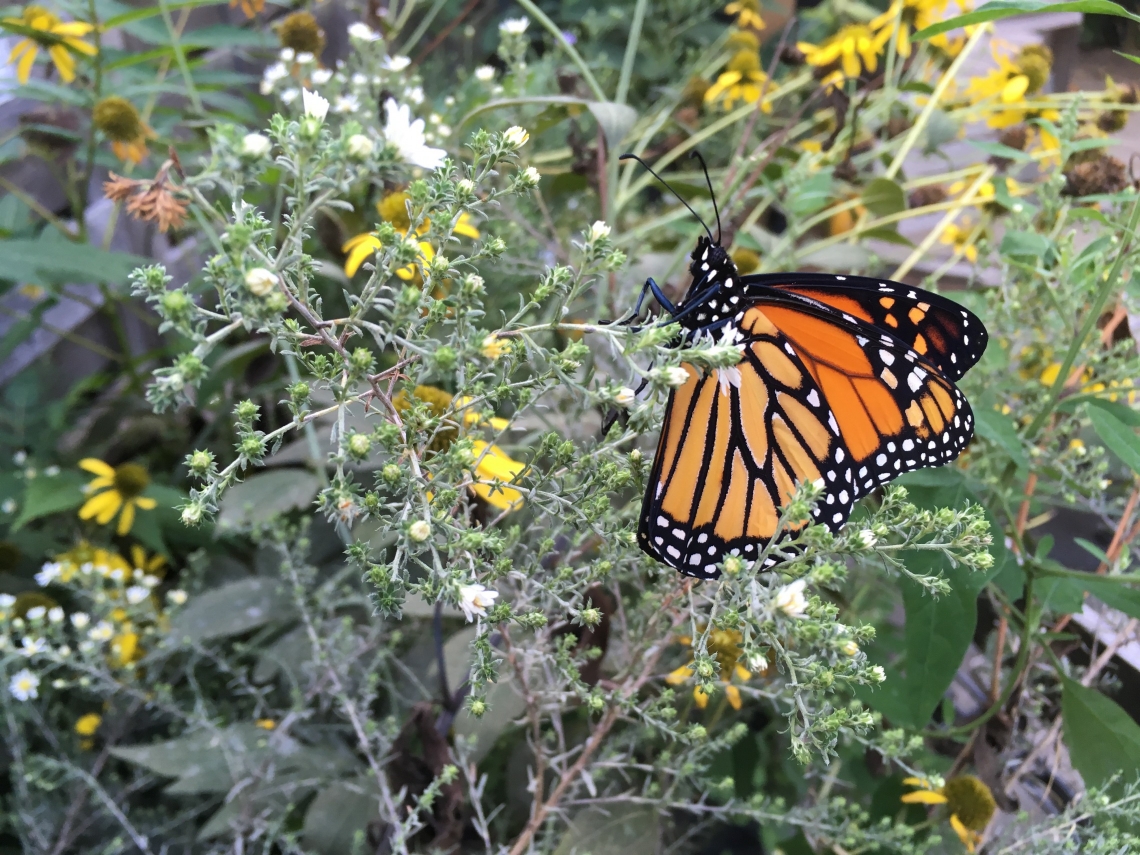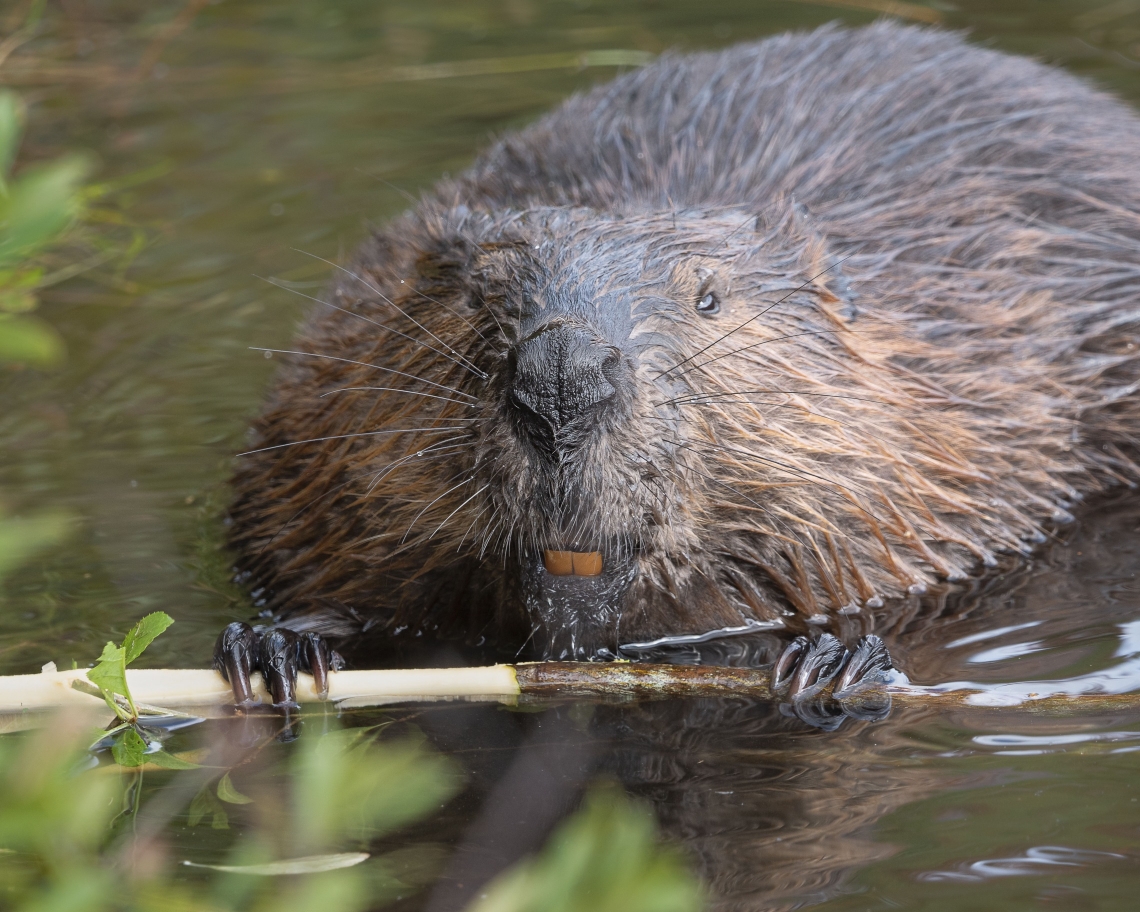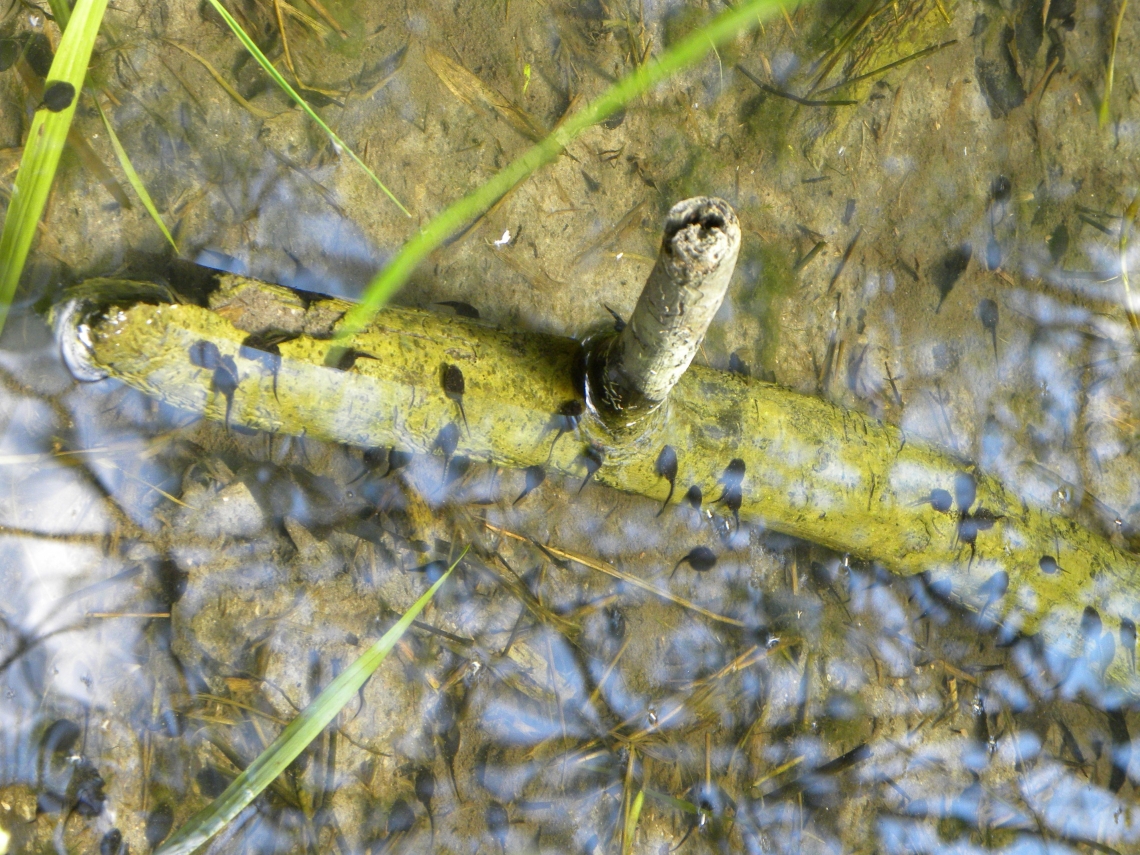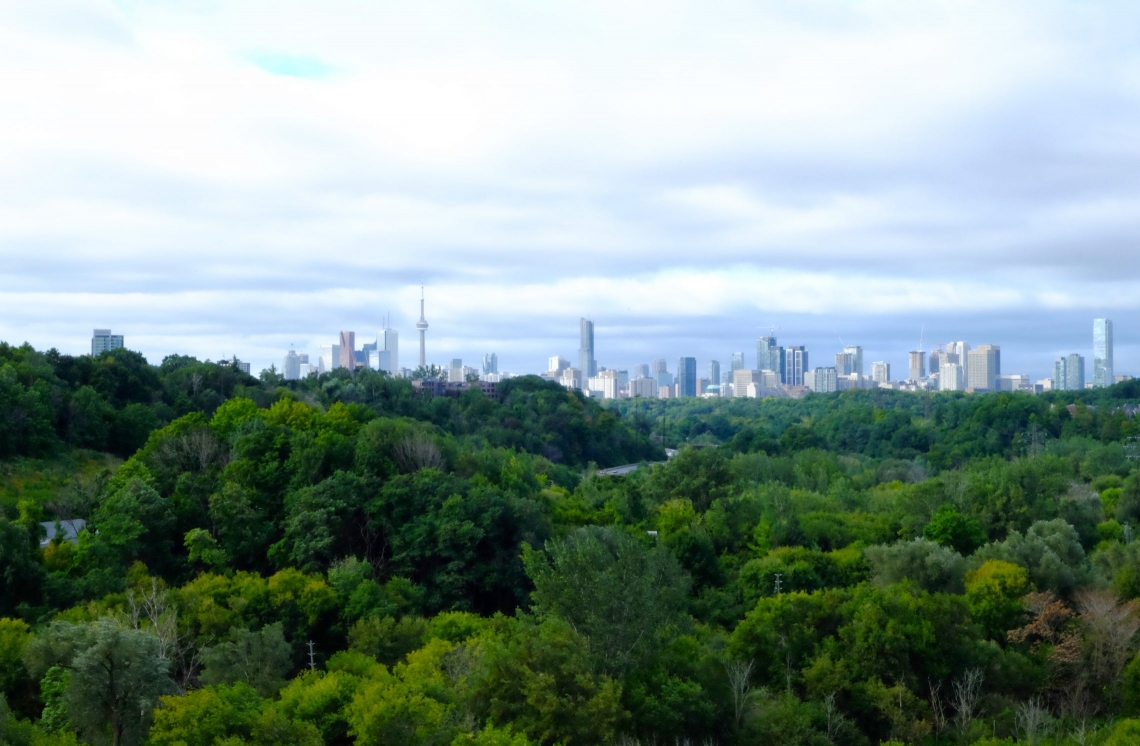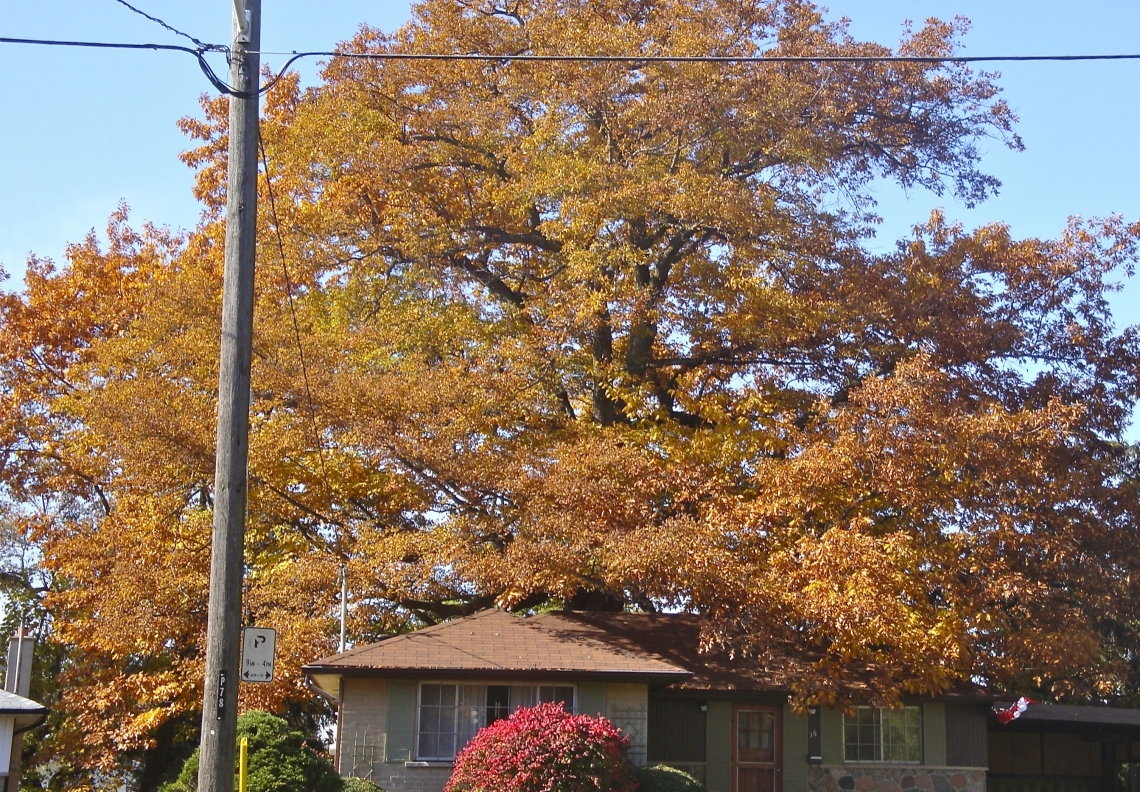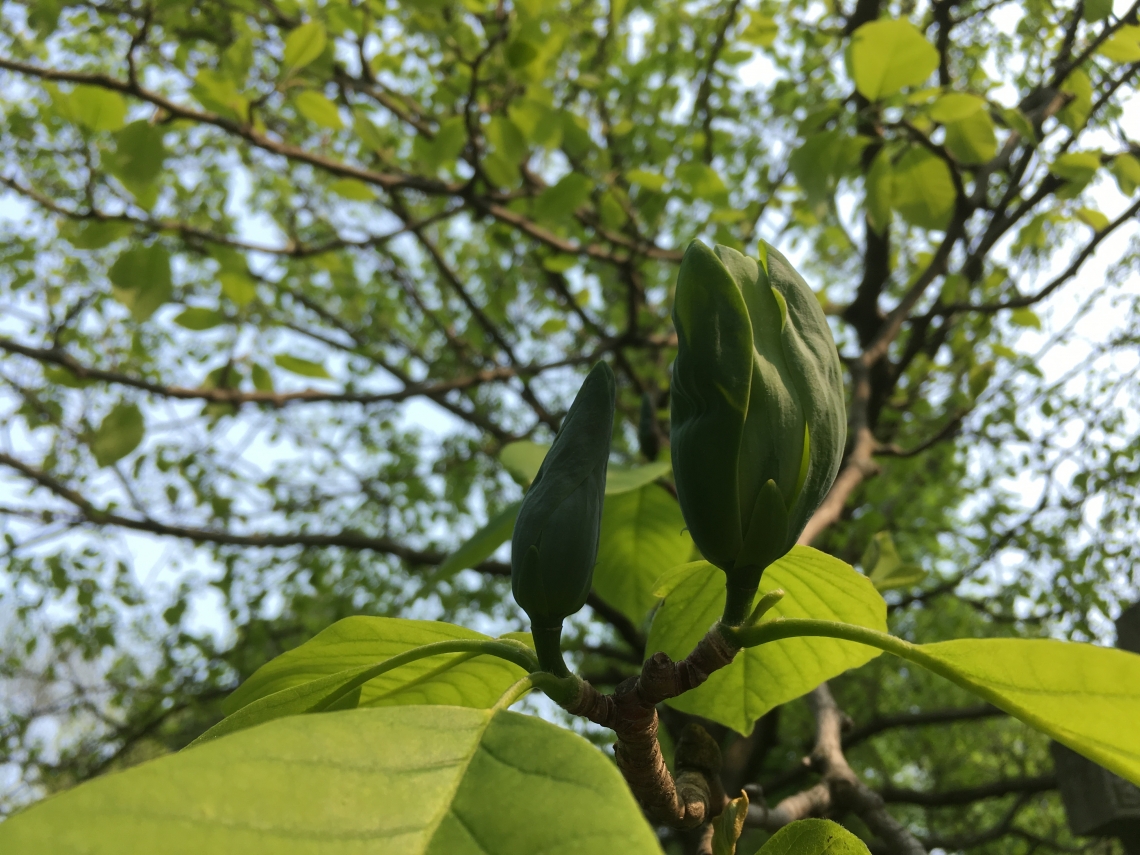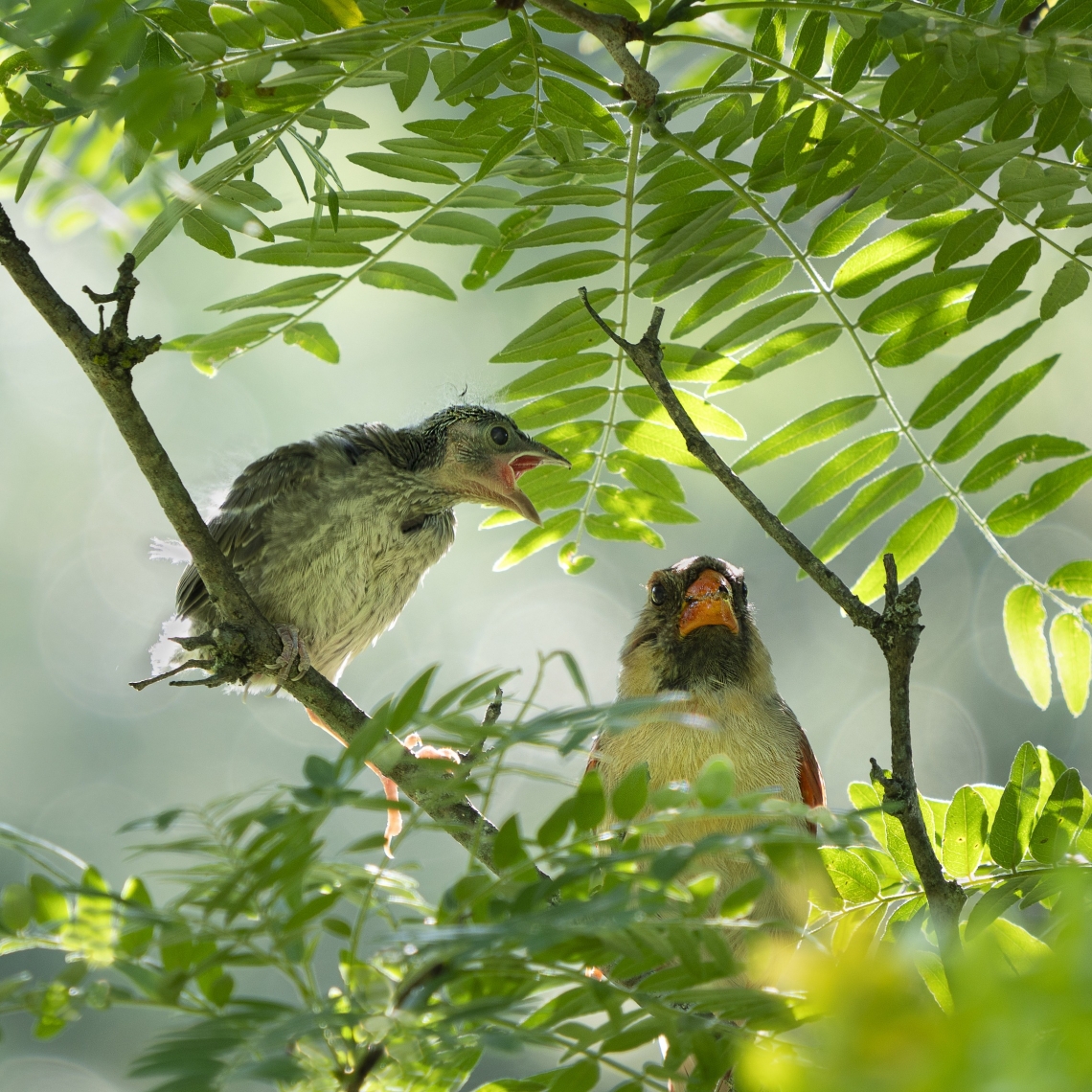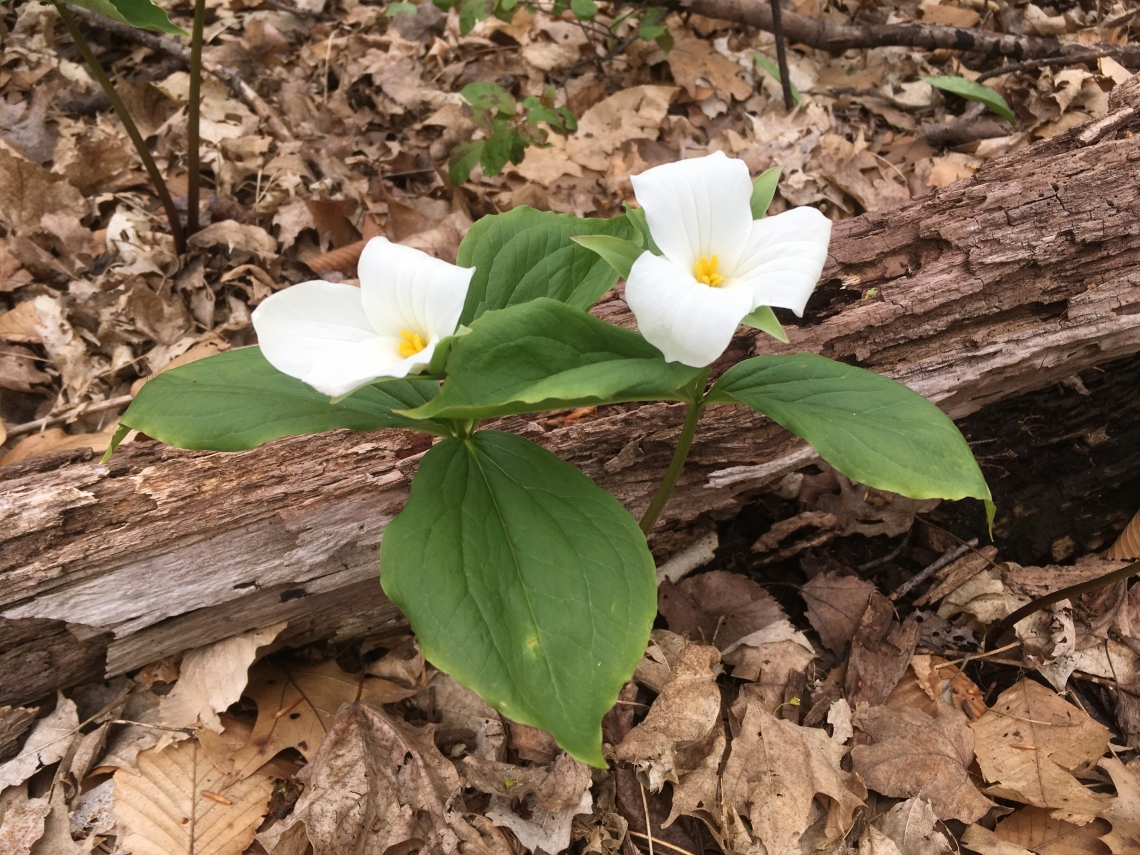City planners want our thoughts on the Toronto Islands. They are asking for our “big ideas” on shaping a Master Plan for Toronto’s beloved Islands – by June 20. As friends of nature, let’s take this chance to speak up for nature on the Toronto Islands. What’s special about the Toronto Islands? The Toronto Islands Read More
